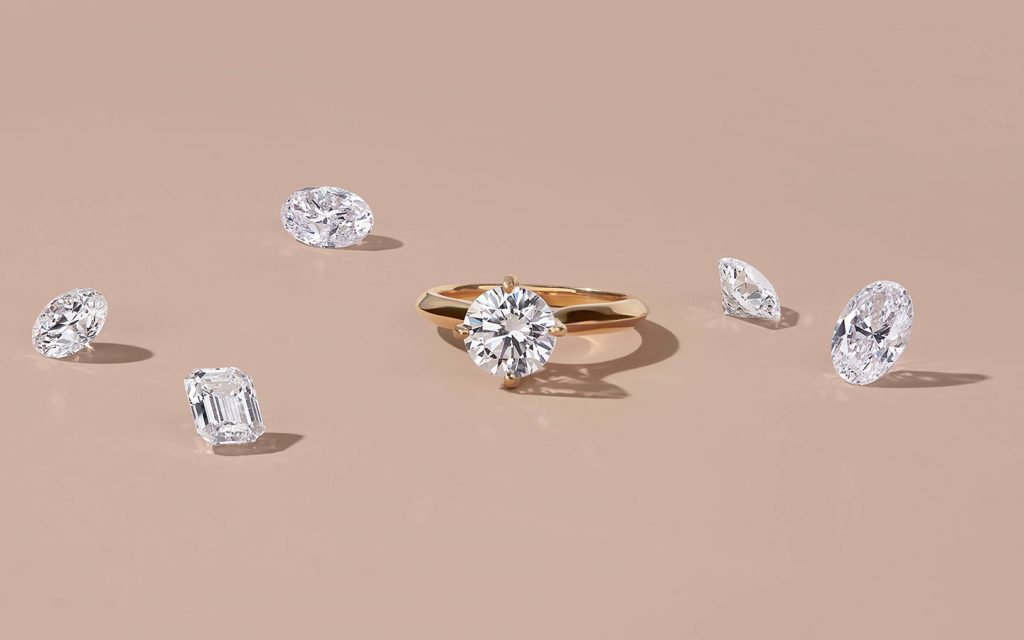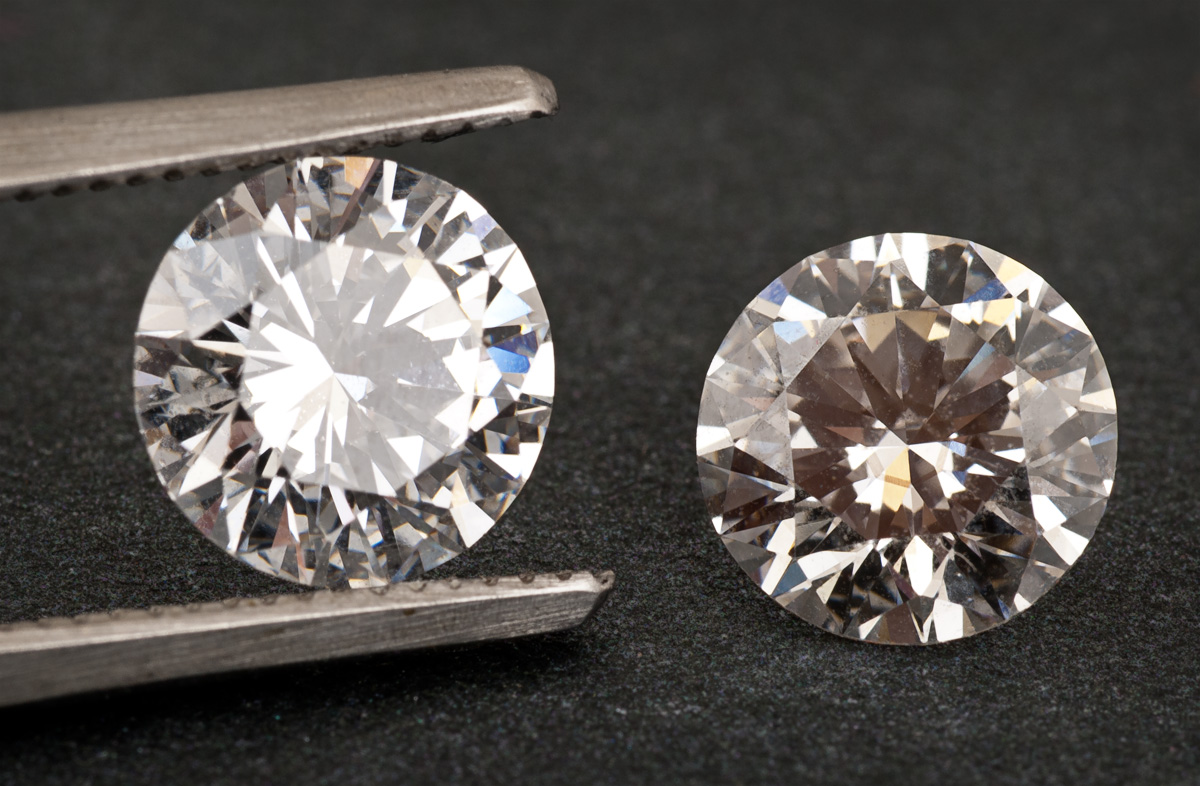Introduction
Moissanite diamonds have quickly become one of the most popular choices for those seeking a brilliant, affordable, and ethical alternative to natural diamonds. While not a “diamante moissanita” in the traditional sense, moissanite offers an incredible amount of sparkle and durability, often making it difficult to distinguish from a diamond, even for an expert. Its history, origins, and features make it a fascinating gemstone that has rapidly gained in popularity.
The Origins of Moissanite
Moissanite was first discovered in 1893 by the French chemist Henri Moissan. While studying a meteor crater in Arizona, Moissan came across tiny, mysterious crystals embedded in the rocks, which he initially believed were diamonds. However, upon further investigation, he discovered that they were made of silicon carbide, a rare mineral that had never before been identified in nature.
Because of its extraordinary properties, Moissan initially sought to synthesize the gemstone in his lab. It wasn’t until the 1950s that the first successful commercial production of synthetic moissanite began. Today, most moissanite gemstones on the market are lab-grown, making them a more ethical and environmentally friendly choice compared to mined diamonds.
Moissanite vs. Diamond: A Comparative Overview
Though moissanite is sometimes marketed as a “diamond alternative,” it is important to understand its unique properties.
- Composition and Formation:
- Moissanite: Made from silicon carbide (SiC), it is a naturally occurring rare mineral found in meteorites and certain volcanic rock formations. The vast majority of moissanite sold today is lab-created.
- Diamond: Composed of pure carbon (C), diamonds are naturally formed under intense pressure and heat deep within the Earth.
- Hardness:
- Moissanite: With a hardness of 9.25 on the Mohs scale, moissanite is incredibly durable, though it is slightly less hard than diamond, which ranks at a 10.
- Diamond: Diamonds are the hardest known natural material, which is why they are often used in industrial applications for cutting and drilling.
- Brilliance and Sparkle:
- Moissanite: Moissanite is renowned for its brilliance, even more so than diamonds. It refracts light at a higher level than diamonds, resulting in a sparkle that is often described as more fiery or rainbow-like. This is due to its higher dispersion rate of light.
- Diamond: While diamonds have exceptional brilliance and fire, their dispersion rate is lower than that of moissanite. Thus, diamonds tend to show less color in their reflections compared to the dazzling sparkle of moissanite.
- Color and Clarity:
- Moissanite: Lab-created moissanite is typically colorless to near-colorless, but it can sometimes have a subtle warm or yellowish tint depending on the cut and quality.
- Diamond: Diamonds are graded on a color scale from D (colorless) to Z (yellowish or brownish). They are also graded on clarity, with the highest-grade diamonds being flawless or with minor inclusions.
- Price:
- Moissanite: Moissanite is considerably more affordable than diamonds. Typically, you can purchase a larger and higher-quality moissanite gemstone for the same price as a smaller, lower-quality diamond.
- Diamond: Due to its rarity, natural diamonds are generally much more expensive than moissanite. The price increases exponentially with higher carat weights and better clarity.
The Advantages of Choosing Moissanite
- Affordability: Moissanite offers a more budget-friendly option for those who want a high-quality gemstone without the hefty price tag associated with diamonds.
- Ethical Considerations: Unlike diamonds, which can sometimes be linked to unethical mining practices, moissanite is almost always lab created diamonds, reducing the environmental and ethical concerns. Lab-grown moissanite is a more sustainable choice for eco-conscious consumers.
- Durability and Versatility: Moissanite is highly resistant to scratching, chipping, and breaking, making it an ideal choice for engagement rings and other jewelry that is worn daily. Its hardness is second only to diamonds, and its brilliance makes it stand out in various types of jewelry settings.
- Environmental Impact: The process of mining diamonds can result in environmental degradation and can have harmful effects on local ecosystems. Moissanite, being lab-grown, does not contribute to these negative environmental impacts. Furthermore, the production of moissanite gemstones uses far fewer resources compared to natural diamond mining.
- Brilliance: Many people are drawn to moissanite for its fire and brilliance. The gemstone exhibits a unique and vibrant sparkle that is unmatched by many other stones, making it a perfect option for individuals who want to make a bold statement with their jewelry.
Considerations When Purchasing Moissanite
While moissanite offers several advantages, there are some things to keep in mind:
- Visual Differences: While moissanite is often compared to diamonds due to their similar appearance, it can sometimes look slightly different, especially under certain lighting. The extra brilliance and rainbow flashes of light may not appeal to everyone. Some individuals may prefer the subtler sparkle of a diamond.
- Resale Value: Moissanite does not hold the same resale value as diamonds. While diamonds are a commodity with a well-established market for buying and selling, moissanite lacks the same value retention over time.
- Heat Sensitivity: Moissanite can withstand extreme heat, but prolonged exposure to high temperatures can damage the gemstone’s setting or lead to changes in its color. However, this is more of a concern for settings rather than the moissanite itself.
Conclusion
Moissanite is a brilliant and affordable alternative to traditional diamonds, offering exceptional beauty, durability, and ethical advantages. As more people become aware of the environmental impact and cost of diamonds, moissanite continues to rise in popularity as a more sustainable and ethical choice. With its dazzling brilliance, impressive hardness, and lower price tag, it’s no wonder that moissanite is increasingly being considered a go-to option for engagement rings and fine jewelry. Whether you’re looking for an affordable alternative or a stunning gemstone in its own right, moissanite is a compelling choice.




